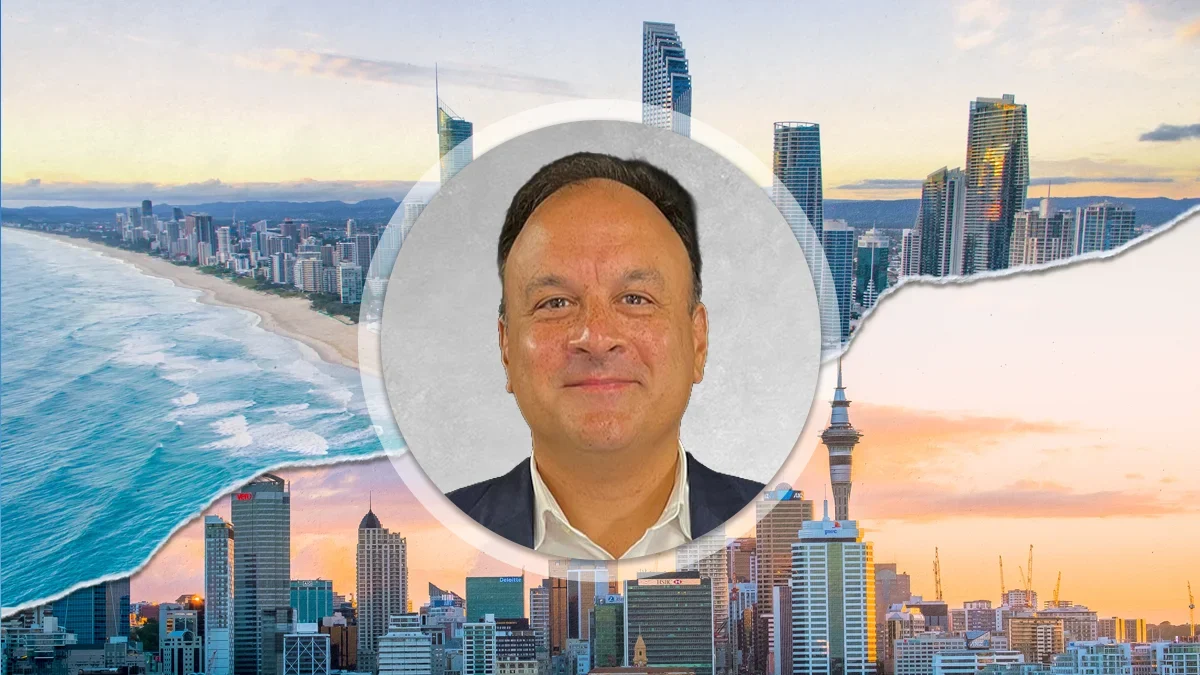(Re)in Summary
• The Australian Prudential Regulatory Authority plans reforms to make it easier for insurers to access reinsurance through insurance-linked securities and catastrophe bonds, with implementation possible in early 2027.
• Howden Re’s John Philipsz says these changes are likely to see capital markets play a bigger role in reinsurance, with growth opportunities for ILS and MGA solutions in Australia and New Zealand.
• The region is seeing reinsurance consolidation, growth in MGAs (about 300 MGAs issuing US$10bn in premiums), and increased pension fund investment in (re)insurance risks.
• Philipsz highlights the need for broad financial sector cooperation to address affordability and protection gaps, noting (re)insurance alone cannot solve these challenges.
To outsiders, it appears as just technical regulatory tweaks.
But for Howden Re’s John Philipsz, the Australian Prudential Regulatory Authority’s next move is a big step for reinsurance solutions in the country.
The regulator’s proposed reforms aim to simplify access to reinsurance via insurance-linked securities and cat bonds, unlocking major opportunities for the Australian market.
Although New Zealand has completed some catastrophe bond issuance, Australia has yet to take this step – but this could change with the new regulation.
In line with this, Philipsz, who is the Head of Howden Re Australia and New Zealand, says, ‘Capital markets could play an increasingly visible role in reinsurance solutions.’
The landmark proposals, including the removal of reinstatement for instruments such as catastrophe bonds, could be implemented in early 2027.
Philipsz took the helm in June this year, but before joining, he researched the opportunity carefully. He says Howden Re can become a leading player in placing and structuring ILS for the Australian market, with alternative reinsurance solutions just one of many opportunities which attracted him to the role.
With extensive experience in capital markets and (re)insurance, Philipsz has worked alongside industry heavyweights such as former Willis CEO Joe Plumeri and Tony Ursano, the founder of Insurance Advisory Partners, one of the world’s leading insurance boutique investment advisory firms.
He explains that Howden’s culture is built around passion, collaboration, and innovation.
Howden Re Australia operates on four key pillars: traditional treaty reinsurance, facultative reinsurance, managing general agents (MGAs) and programs, and investment banking.
He describes the opportunity to join such an integrated platform as ‘phenomenally exciting’.
Australian and New Zealand reinsurance consolidation
Philipsz notes the wave of reinsurance mergers and acquisitions, meaning the larger players have consolidated the landscape, resulting in fewer companies writing treaties.
However, this landscape shift has created new opportunities. Corporates are looking for self-insurance such as captives or mutual structures.
Meanwhile, the MGA market is ‘growing phenomenally’, supported by reinsurers from Australia and Lloyd’s of London.
With around 300 MGAs issuing approximately $10bn in premiums, they are playing a vital role in serving the corporate and SME niches, he observes.
Innovative incubator models and the rise of artificial intelligence are helping MGA start-ups.
“The ease with which you can now launch an MGA – it’s probably far easier and more cost-effective than it was three or four years ago,” he says.
Operating within the 14th largest economy globally, with the fourth-largest pension fund market, Howden Re is well-positioned to tap into that power.
Pension funds are also increasingly investing in (re)insurance risks worldwide.
By bringing these investors into the ILS and reinsurance space, Howden Re is playing a vital societal role in closing the protection gap for catastrophe risk.
Overall, Philipsz believes that ‘the region offers more opportunities than challenges’, highlighting the immense potential for growth and innovation in the Australian and New Zealand markets.
John Philipsz
Head of Howden Re Australia and New ZealandProtection Gap
Philipsz also understands that Australia is undergoing an affordability crisis.
People are struggling to get on the housing ladder, while those on low incomes face being priced out of financial products.
Philipsz highlights the close partnership (re)insurers have with the Insurance Council of Australia and the education with the government on climate activity.
(Re)insurance can play its part, he opines, but it’s a broad issue. For example, the banks providing mortgages are a key player in addressing the challenge.
He says: “I think there’s work that needs to be done across the financial services spectrum, and I don’t think it would be fair or equitable to rely on just the insurance market or the reinsurance market to address it.”
Looking ahead, Philipsz is optimistic, concluding: “There’s a huge amount of uncertainty around geopolitical, technological, climate-related uncertainty.
“We’re trying to help bridge those gaps – and we’ve got a receptive insurance market, we’ve got a contributing reinsurance market, and we’re playing the role to intermediate between them. So, I think it’s a great place to be.”














